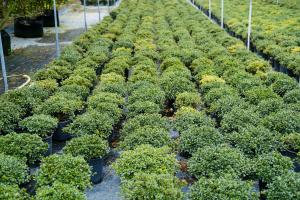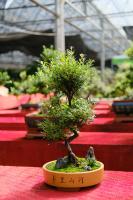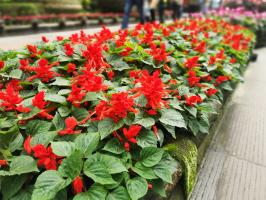What Plant Can Be Used to Purify Water
Water is a vital resource for human existence, and ensuring its cleanliness is essential for good health. Unfortunately, some parts of the world lack access to clean, safe water, leading to various health problems. One solution to this issue is the use of plants to purify water.
What are Water-purifying Plants?
Water-purifying plants are natural plant-based filters that remove impurities from water, making it safe for consumption. These plants can be grown individually or as part of a constructed wetland, a larger system that mimics a natural wetland ecosystem to treat wastewater or stormwater.
Types of Water-purifying Plants
There are several types of water-purifying plants, each with unique properties that allow them to remove specific contaminants from water. Here are some of the most common water-purifying plants:
1. Cattails - Cattails are tall, slender plants that grow in wetlands and can filter out heavy metals, bacteria, and other pollutants from water.
2. Water Hyacinth - Water hyacinths are floating plants that can absorb excess nutrients from water, preventing pollution and algae growth.
3. Lotus - Lotus plants have the ability to remove heavy metals and other toxins from water through their root system.
4. Reed - Reeds are tall, grass-like plants that can filter out sediment and other pollutants from water.
Benefits of Using Water-purifying Plants
The use of water-purifying plants has several benefits, including:
1. Cost-effective - The cost of using water-purifying plants is significantly lower than that of installing and maintaining traditional water treatment systems.
2. Eco-friendly - Water-purifying plants are a more sustainable and eco-friendly option for treating wastewater compared to chemical-based treatments that can harm the environment.
3. Low maintenance - Once established, water-purifying plants require little maintenance, making them ideal for use in remote areas.
Conclusion
Water-purifying plants are an innovative solution to the problem of water pollution, particularly in areas where conventional treatment systems are unavailable or too costly. By harnessing the natural filtration capabilities of these plants, people can access clean, safe water without harming the environment or breaking the bank.

 how many times do yo...
how many times do yo... how many planted tre...
how many planted tre... how many pine trees ...
how many pine trees ... how many pecan trees...
how many pecan trees... how many plants comp...
how many plants comp... how many plants can ...
how many plants can ... how many plants and ...
how many plants and ... how many pepper plan...
how many pepper plan...































